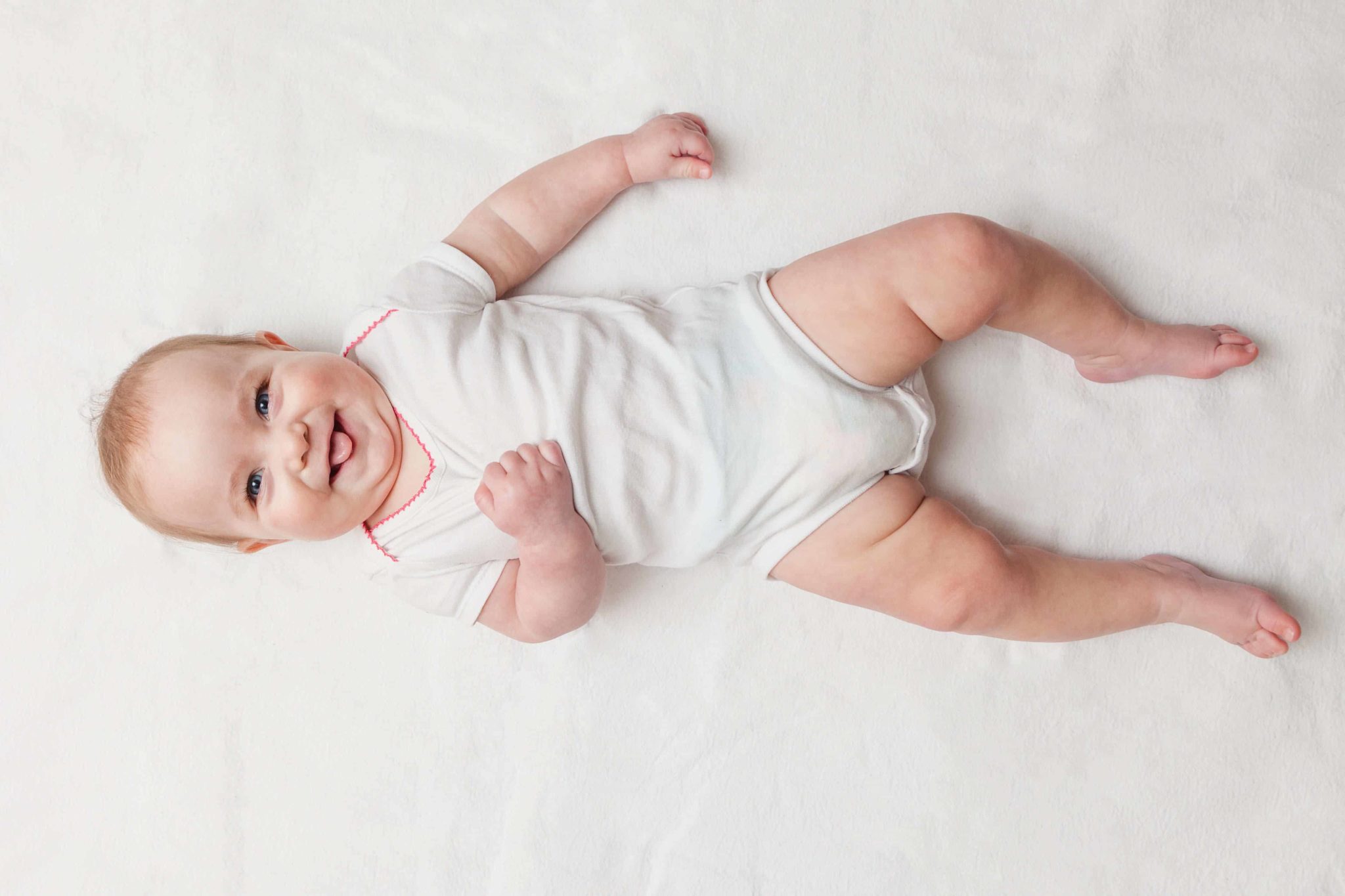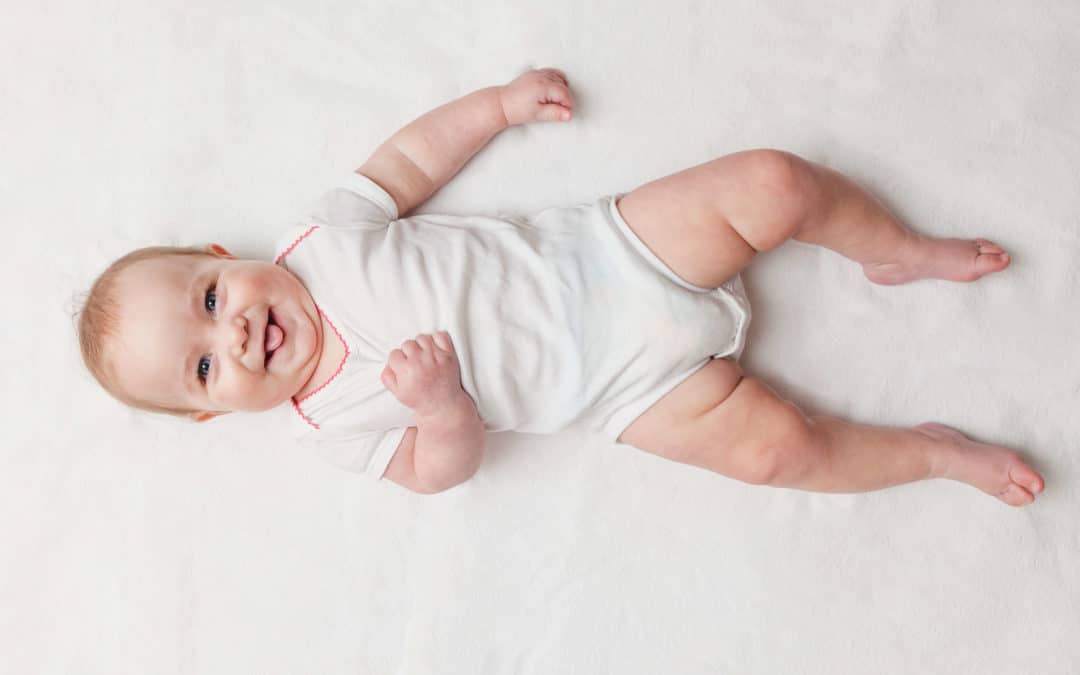
Your new little one has completely taken over your whole heart, and it’s impossible to think of the horrific scenario of losing him or her. Sudden infant death syndrome, often referred to as SIDS, devastates families who have lost their seemingly healthy baby during sleep. Learn what you can do to reduce the risk of SIDS and make changes now before the impossible occurs.
What is SIDS?
When a baby dies when he or she is less than one year old and the exact reason isn’t found after an investigation, a medical history review and/or an autopsy, the baby is diagnosed with SIDS. Families who have lost a child to SIDS often say that their little one was perfectly healthy when he or she went down for their nap, only to never wake up. Because it happens without any warning, SIDS is particularly devastating.
SIDS Statistics
Approximately 4,000 infants under the age of one year die each year. Approximately 50 percent of these deaths are attributed to SIDS or unexplained deaths.
While SIDS is still the leading cause of death in infants between one month and one year old, incidences have decreased dramatically since 1980. In 1980, 153 infants per 100,000 live births lost their lives to SIDS, while only 51 infants per 100,000 live births died due to SIDS in 2010. This is a 66 percent decrease in 30 years, with the biggest decrease occurring in 1990 to 2000 when the United States launched its “Back to Sleep” campaign. Today, SIDS occurs in approximately one out of every 1,800 live births.
Most cases of SIDS occur in infants who are less than six months of age. Statistically, SIDS is most likely to happen between the hours of eight at night and eight in the morning, which is why it is sometimes referred to as “crib death.” SIDS can occur during the day, however: approximately 15 to 20 percent of cases happen during daytime in childcare settings.
Causes of SIDS
Though there has been extensive research done, there isn’t a definitive answer as to what causes SIDS. Experts believe that SIDS occurs because babies have an immature arousal center in their brains. This means that they can’t wake themselves up if they are having difficulty breathing.
SIDS occurs more often in babies who sleep on their stomachs. Experts believe that this is because this position increases the likelihood that babies will re-inhale oxygen-depleted air.
Many experts also believe that SIDS is more likely to occur in babies who have an underlying medical condition, such as a heart abnormality, and are exposed to certain stressors, such as being overly warm.
The neurotransmitter serotonin, which is responsible for regulating heart rate, breathing and blood pressure during sleep, is also believed to have something to do with SIDS. Researchers have found that 70 percent of babies who have lost their lives to SIDS have had lower levels of serotonin in their brain.
Risk Factors of SIDS
Some factors put a baby more at risk of SIDS. These factors include:
- Being born pre-term
- Having a low birthweight
- Being born to a mother who is less than 20 years old
- Being a sibling to a baby who died from SIDS
- Being male
- Having certain ethnic backgrounds; SIDS rates are highest for Native Americans and Alaska Natives
Ways to Reduce the Risk of SIDS
Though you can do everything right and still lose a little one to SIDS, there are ways to reduce your little one’s risk.
- Always put your baby to sleep on his or her back. Even if your little one has a cold, needs extra comfort or is having a difficult time sleeping, it’s always safest to put them to sleep on their back.
- Don’t share a bed with your little one. If you breastfeed while in bed, put your baby in their crib or bassinet as soon as they are finished. Don’t allow other siblings to share a bed with your baby either.
- Put your baby to sleep on a firm mattress in a bare crib. Crib bumpers and blankets may look adorable, but they increase the risk SIDS and suffocation and should be removed. Stuffed animals, pillows and positioning devices should also be removed from the crib. The only thing in your child’s mattress should be a thin, tight-fitting sheet. The same thing applies to other places where your little one may sleep, including bassinets or play yards.
- Ensure that the crib, bassinet or play yard is safe. Unfortunately, many cribs do not meet the current safety standards and thousands have been recalled. If you are using a crib that you used for another child or that was given to you by a friend or family member, review the Consumer Product Safety Commission’s guidelines before using it for your little one.
- Keep your little one nearby. While it isn’t safe to sleep with your baby, you should keep him or her in the same room as you. Place the crib or bassinet near your bed. This will help comfort your little one and help keep you alert of any breathing changes.
- Do not let anyone smoke around your baby. Don’t let your baby sleep in places where people have been recently smoking, such as a bedroom or car, as this increases the risk of SIDS.
- Give your little one a pacifier when he or she sleeps. If you are breastfeeding, it’s okay to hold off on giving a pacifier until breastfeeding is well-established (usually after one month). Encouraging your little one to take a pacifier at nighttime and during naps, however, can reduce SIDS by preventing them from falling into a deep sleep and keeping airways open.
- Don’t overdress your baby. Babies who have died from SIDS are often found with a high body temperature. Experts believe that overheating can reduce the arousal system in babies. Keep your little one’s room at approximately 68 degrees and remove some of their clothes if they seem warm or are sweating.
- Breastfeed or pump breast milk for your little one. A new study has shown that breastfeeding for just two months reduces the risk of SIDS by almost half. The results of the study apply to both partial and exclusive breastfeeding, and the longer babies are breastfed, the greater the protection.
Nothing can send a new mom or dad into a panic more than the thought of losing their baby to SIDS. Following these guidelines can help reduce your little one’s risk and put your mind more at ease when it’s time for your little one to go to sleep.


 Complete Our Simple Online Form
Complete Our Simple Online Form We’ll Handle All The Paperwork
We’ll Handle All The Paperwork Receive Your Free Ameda Pump
Receive Your Free Ameda Pump